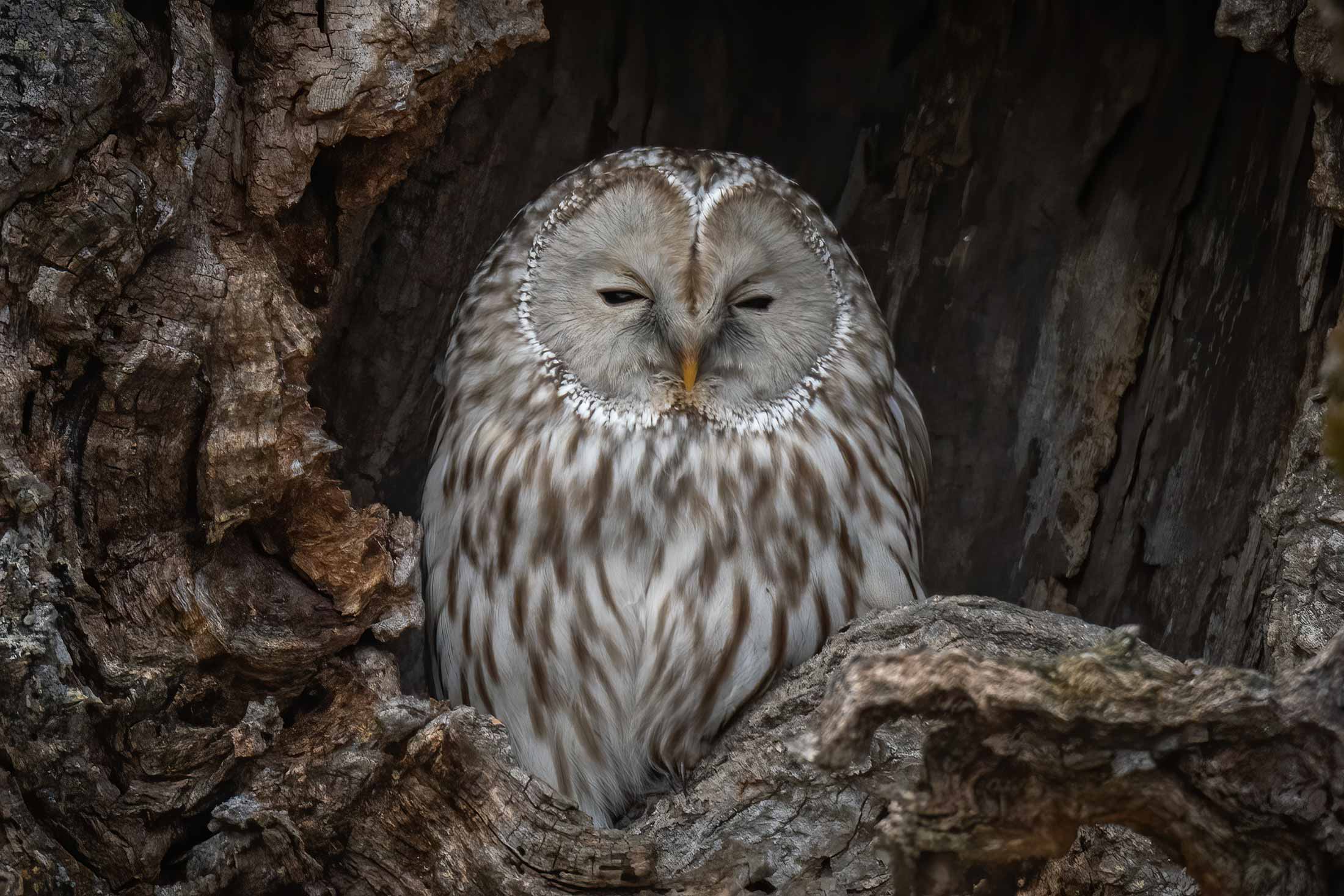Ever paused beneath the skeletal branches of a winter tree, felt eyes upon you, and wondered if you were being watched? In Sharon, Massachusetts, chances are, you might be. This bucolic town, celebrated for its verdant landscapes and sprawling conservation lands, plays host to a fascinating cast of nocturnal residents: owls.
But the question arises: can Sharon’s current habitat mosaic truly sustain a flourishing owl population indefinitely, especially in the face of increasing developmental pressures and subtly shifting environmental parameters? Exploring this question requires a deep dive into the ecological intricacies governing these raptors’ lives.
A Symphony of Species: Unveiling Sharon’s Avian Predators
Sharon isn’t home to just one type of owl. A veritable consortium of species graces the town with their presence. The Great Horned Owl, a formidable apex predator with distinctive ear tufts, claims dominion over larger territories, preying on everything from squirrels to skunks. Smaller, more cryptic species like the Eastern Screech Owl, with its haunting tremolo, occupy niches closer to human habitation, often nesting in tree cavities within suburban landscapes. Barn Owls, with their characteristic heart-shaped faces, are less common but occasionally sighted, adding to the area’s avian diversity. Even the Barred Owl, known for its distinctive “who cooks for you, who cooks for you-all?” call, frequents Sharon’s wooded tracts.
Understanding the specific requirements of each species – from nesting habitat to prey availability – is paramount to appreciating the overall health and resilience of Sharon’s owl population.
The Hunting Grounds: Critical Habitats and Dietary Dependencies
Owls, being obligate carnivores, are intrinsically linked to the health and abundance of their prey populations. Rodents, primarily voles and mice, constitute the mainstay of their diet. Consequently, areas with healthy undergrowth, diverse vegetation, and minimal pesticide use are crucial for maintaining robust rodent populations and, by extension, supporting a thriving owl community. Sharon’s extensive conservation lands, encompassing woodlands, wetlands, and open fields, provide a mosaic of habitats that, in theory, should meet these needs.
However, habitat fragmentation, caused by road construction and residential development, can disrupt the delicate balance of these ecosystems. Isolated patches of suitable habitat may not be sufficient to support viable populations of either owls or their prey, leading to localized declines.
Nesting Niches: The Quest for Suitable Real Estate
Securing adequate nesting sites is another critical determinant of owl populations. While some species, like Great Horned Owls, readily utilize existing hawk nests or even artificial platforms, others, such as Eastern Screech Owls, rely on natural tree cavities or nest boxes. The availability of these nesting niches is directly correlated to the age and maturity of the surrounding forest. Older forests, with a higher prevalence of decaying trees and natural cavities, offer more opportunities for nesting compared to younger, managed woodlands.
Furthermore, competition for nesting sites from other cavity-nesting birds, such as squirrels and European Starlings, can further limit the availability of suitable locations for owls.
Threats on the Horizon: Navigating the Anthropocene
While Sharon’s commitment to conservation is laudable, owls still face a multitude of anthropogenic threats. Rodenticides, commonly used to control rodent populations around homes and businesses, pose a significant risk to owls. When owls consume poisoned rodents, they can suffer secondary poisoning, leading to debilitating illness or death. This insidious threat can have cascading effects on owl populations, particularly during breeding season.
Vehicle collisions are another common cause of mortality, especially for owls that hunt near roads. The glare of headlights can disorient owls, making them vulnerable to collisions with cars. Furthermore, habitat loss and fragmentation, as mentioned earlier, continue to be ongoing challenges, reducing the availability of suitable hunting and nesting grounds.
Citizen Science: Monitoring the Night Watchers
The long-term viability of Sharon’s owl population hinges on continued monitoring and informed conservation strategies. Citizen science initiatives, such as owl pellet dissections and nocturnal call surveys, can provide valuable data on owl distribution, diet, and population trends. These efforts empower local residents to actively participate in conservation efforts and contribute to a deeper understanding of the town’s owl community.
Analyzing owl pellets, regurgitated masses of undigested fur and bones, can reveal the dietary composition of owls, providing insights into the health of local rodent populations. Conducting nocturnal call surveys, particularly during the breeding season, can help estimate owl abundance and distribution across different habitats.
Toward a Symbiotic Future: Conservation Strategies for Sharon’s Owls
Ensuring a thriving future for Sharon’s owls requires a multi-faceted approach that addresses the various threats they face. Promoting responsible rodent control practices, such as avoiding the use of rodenticides and encouraging natural predation by owls, is paramount. Protecting and restoring critical habitats, particularly wetlands and open fields, is essential for maintaining healthy prey populations. Maintaining existing nest boxes and erecting new ones in suitable locations can provide much-needed nesting opportunities. Furthermore, educating the public about the importance of owls and the threats they face can foster a greater appreciation for these magnificent creatures and encourage responsible stewardship of their habitat.
Ultimately, the story of Sharon’s owls is a reflection of the town’s broader commitment to conservation. By understanding the ecological intricacies governing these raptors’ lives and actively mitigating the threats they face, Sharon can ensure that these nocturnal predators continue to grace its landscapes for generations to come. The silence of a forest devoid of owl song would be a stark reminder of what can be lost when we fail to protect the delicate balance of nature.
